The roselle tree, also called Jamaican sorrel plant, is known around the world for its bright red fruit and tart flavor. People make it into all sorts of colorful jams, chutneys, sauces, syrups, desserts, and festive beverages.
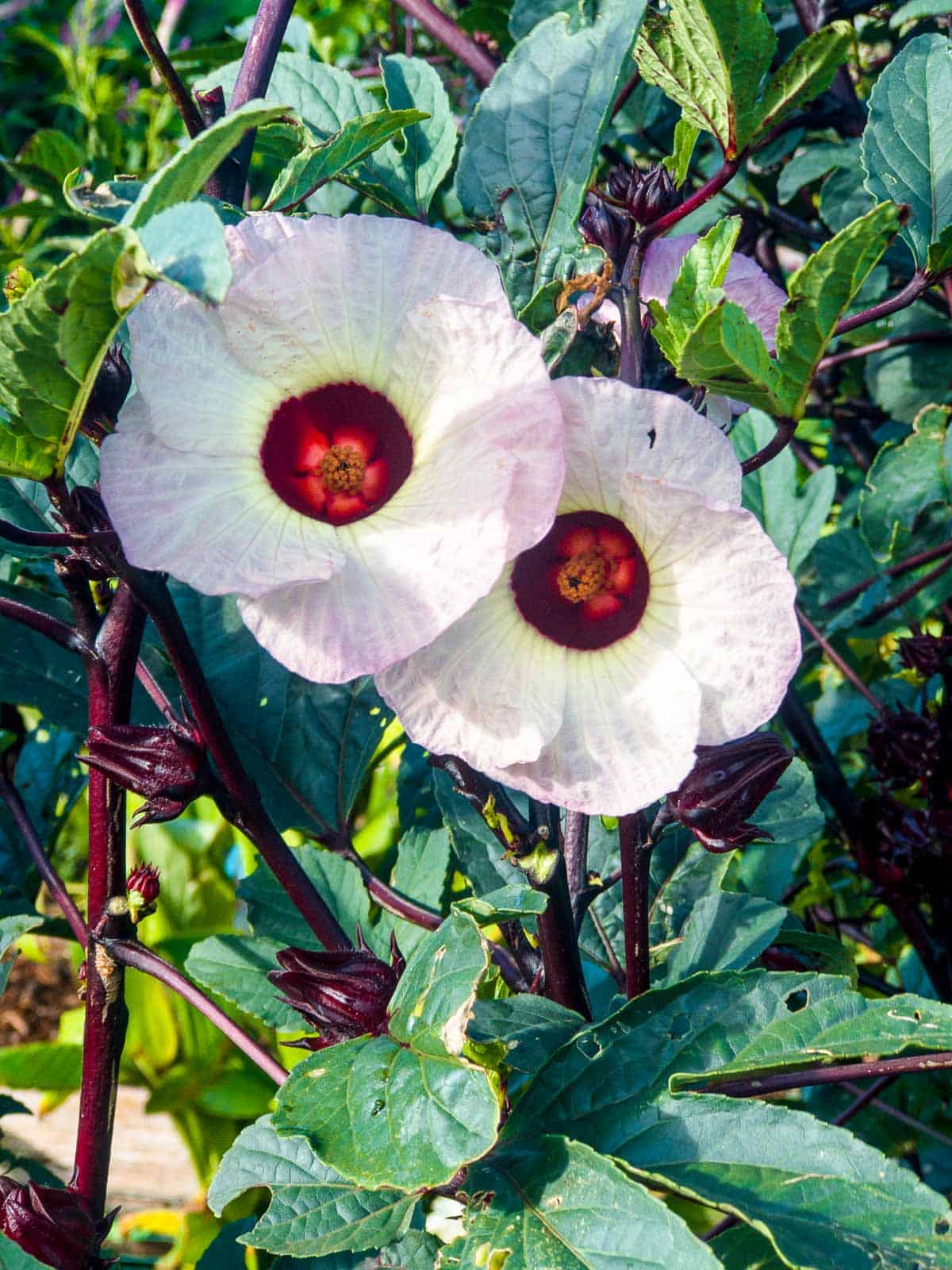
One of its other common names is Florida cranberry, and for good reason. It makes the most incredible substitute for Cranberry Sauce. We look forward to it every fall at our home in Hawaii, where it's too warm to grow cranberries.
Jump to:
🌿 Botanical
- FAMILY: Malvaceae
- GENUS: Hibiscus
- SPECIES: Sabdariffa
- TYPE: Perennial tree
- NATIVE: India, Malaysia
- DISTRIBUTION: Pantropic
📋 Common names
- ENGLISH - roselle, rosella, Florida cranberry, sour-sour, red sorrel, Indian sorrel, Jamaican sorrel
- INTERNATIONAL - Flor de Jamaica, uaaina, acedrea de Guinea, carcade, karcadeh, chin baung, mei gui qie, cay but giam, hmiakhu, kudrum, khate fule, gongura, assam paya, isapa, yakuwa, zobo
Fun fact - The Jamaican sorrel plant is related to okra and cotton.
🌏 Origin
The most often cited origin of hibiscus sabdariffa is India and Malaysia. From there, the Jamaican sorrel plant spread early to Africa, then on to tropical America, Mexico, and the West Indies with the slave trade.
🪴 Growing
In general, Jamaican sorrel grows best in tropical or subtropical climates and is technically perennial. However, it can bloom as an annual in cooler temperatures as long as it isn’t subject to frost.
I like to grow it as an annual in my 10x20 garden plot. It's exceedingly easy to cultivate and gallops to a 7-foot tree in just five months.
Its succulent fresh calyces are available from late summer into winter here on Maui. The remainder of the year and around the world, they are available as dried and preserved products in markets.
Once I've harvested buckets of fruit, it's time to remove my Jamaican sorrel tree and make room for the other plants in my garden.
I never have to worry about starting the next generation of roselle because the flower buds are loaded with seeds.
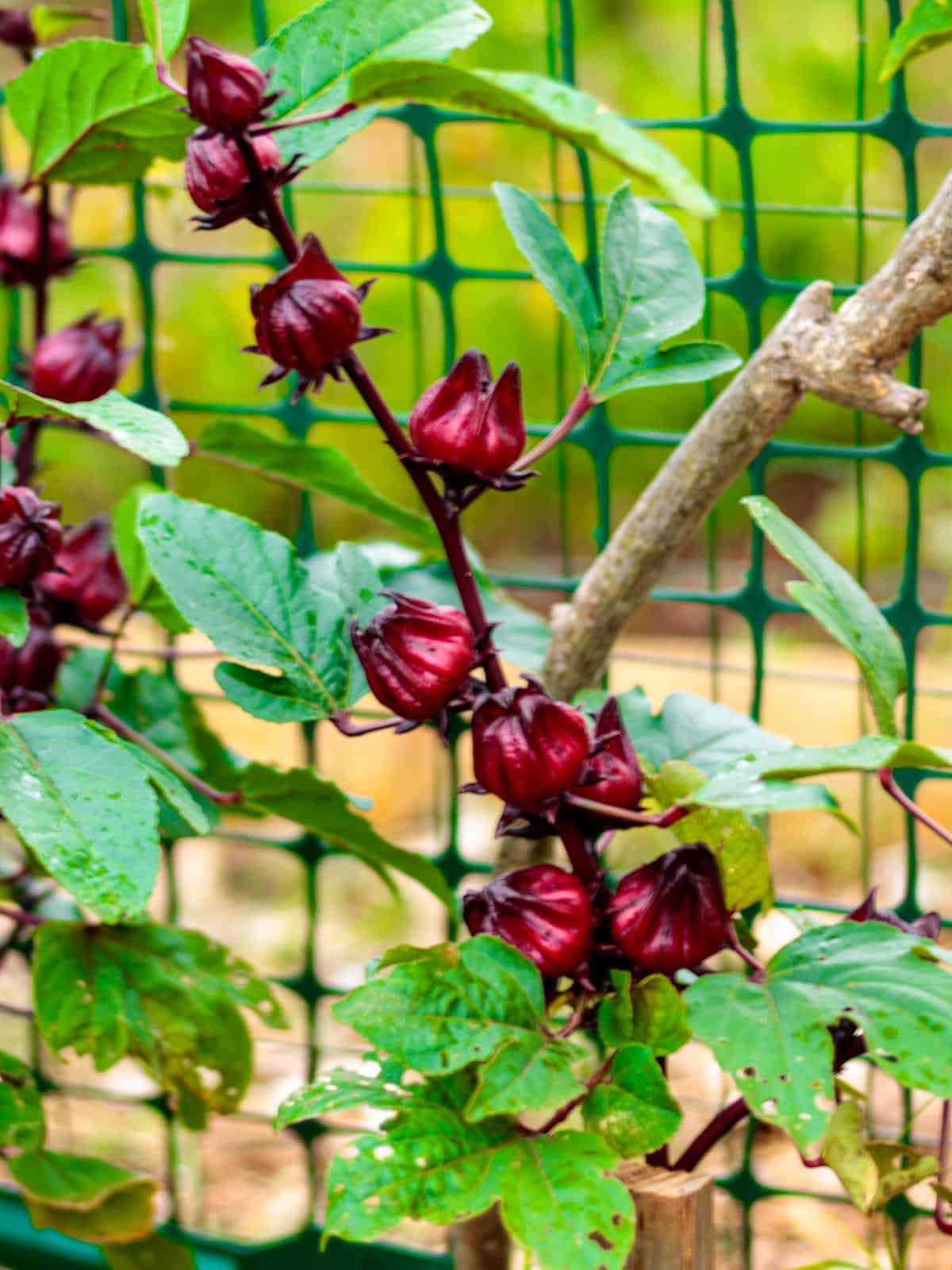
In fact, sometimes fallen fruit sows itself and saves me the task of starting a new Jamaican sorrel plant. Here's a young volunteer seedling already producing fruit at two feet high.
🔎 False roselle
Jamaican sorrel is also known as true roselle. Fortunately, this attractive tree-like shrub can be easily distinguished from false roselle.
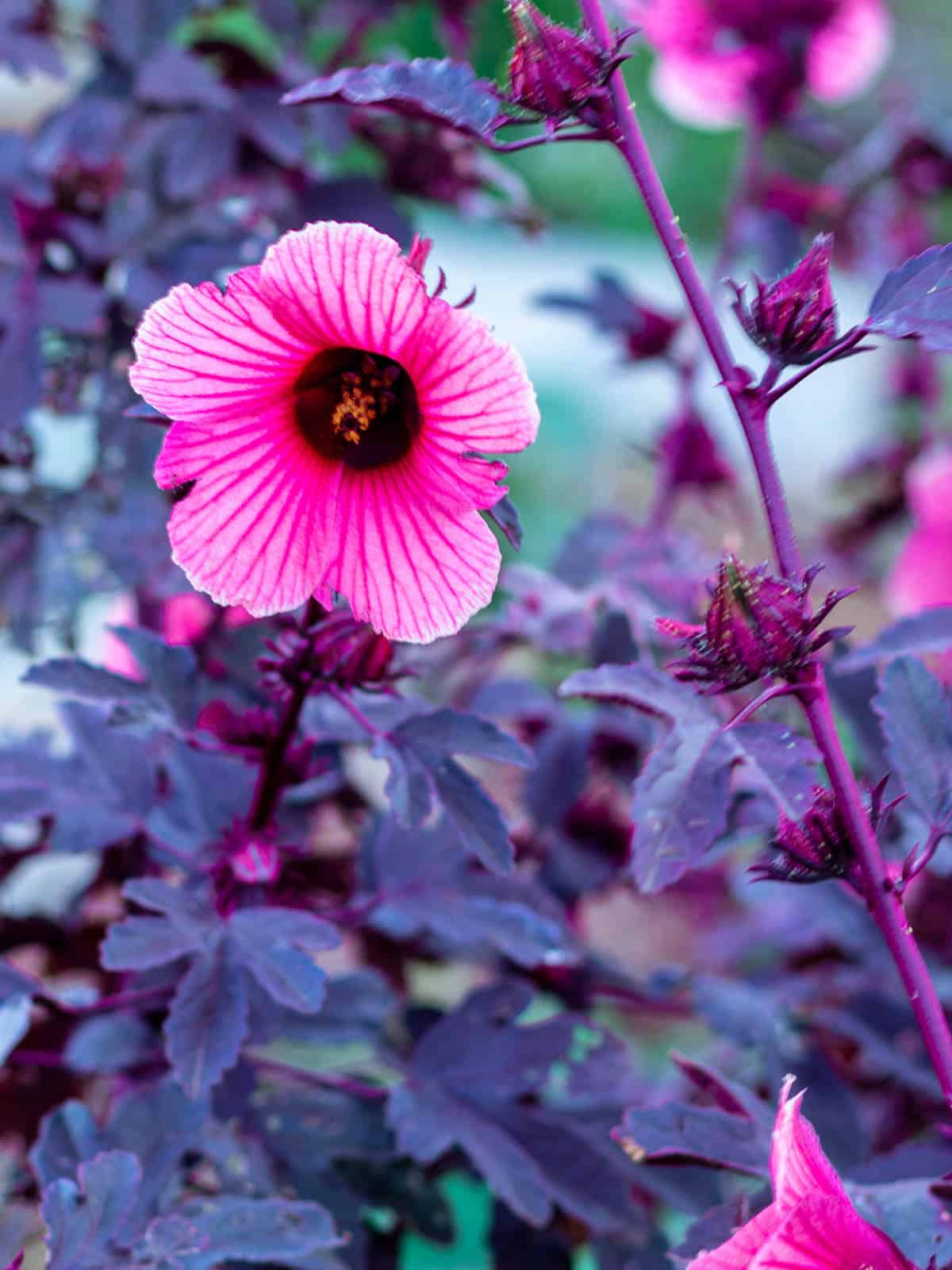
False roselle, or hibiscus acetosella, has dark red leaves resembling maple leaves, and noticeably pink flowers.
🌺 Flowers
In contrast, true roselle has green leaves and flowers that range from white to buff-yellow. These markers are helpful if you are considering eating the Jamaican sorrel plant.
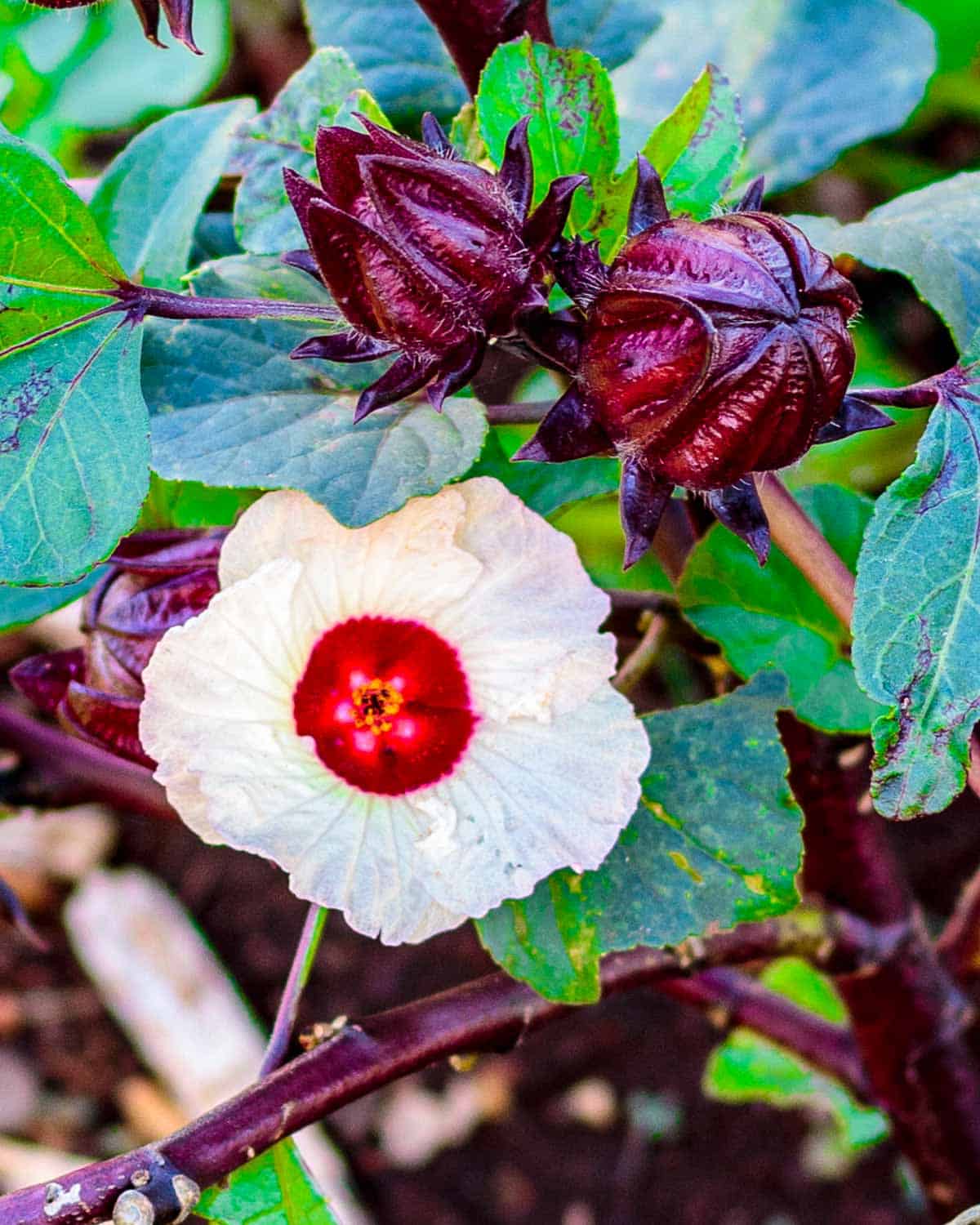
It's true the pink flowers and red leaves of false roselle are edible. However, false roselle doesn't have nearly the culinary value of hibiscus sabdariffa with its choice red buds.
🥧 Edible red calyces
You might be surprised to know the distinctive red buds on a Jamaican roselle tree are not fruit. I know it was news to me.
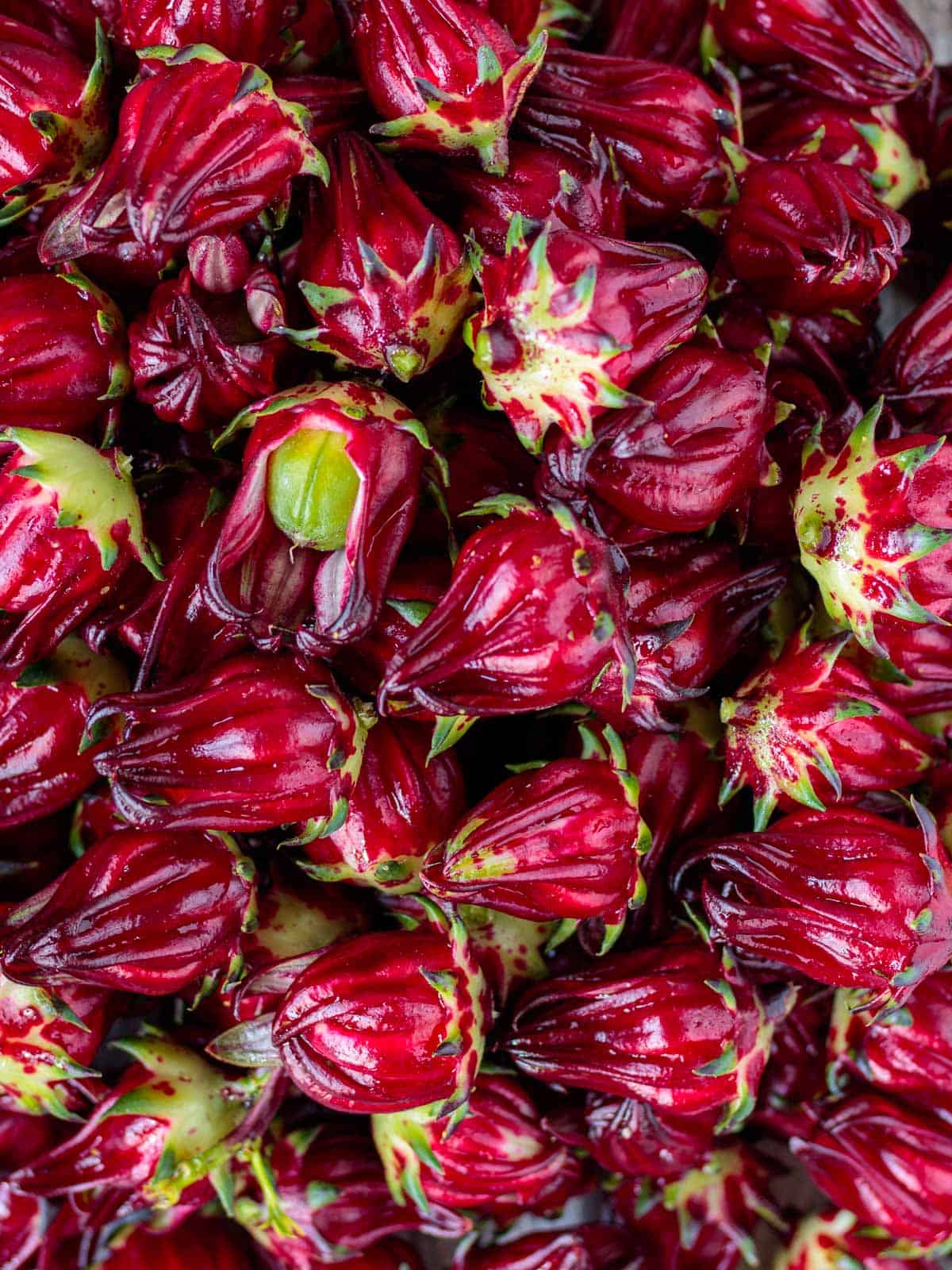
Rather, they are properly called calyces, and the sections that look like petals are accurately called sepals. Who knew?
It's these beautiful calyces that are used to make agua de Jamaica in Mexico, zobo drink in Nigeria, and bissap, the national beverage of Senegal.
🍒 Fruit and seeds
It turns out that the true fruits are the hard pods filled with seeds and nestled inside the calyx. I think their light green color, mottled with red, is so pretty.
Besides being attractive, it's worth mentioning that roselle’s seed-filled fruit is technically edible. I say edible in the sense that it is safe and not toxic to consume.
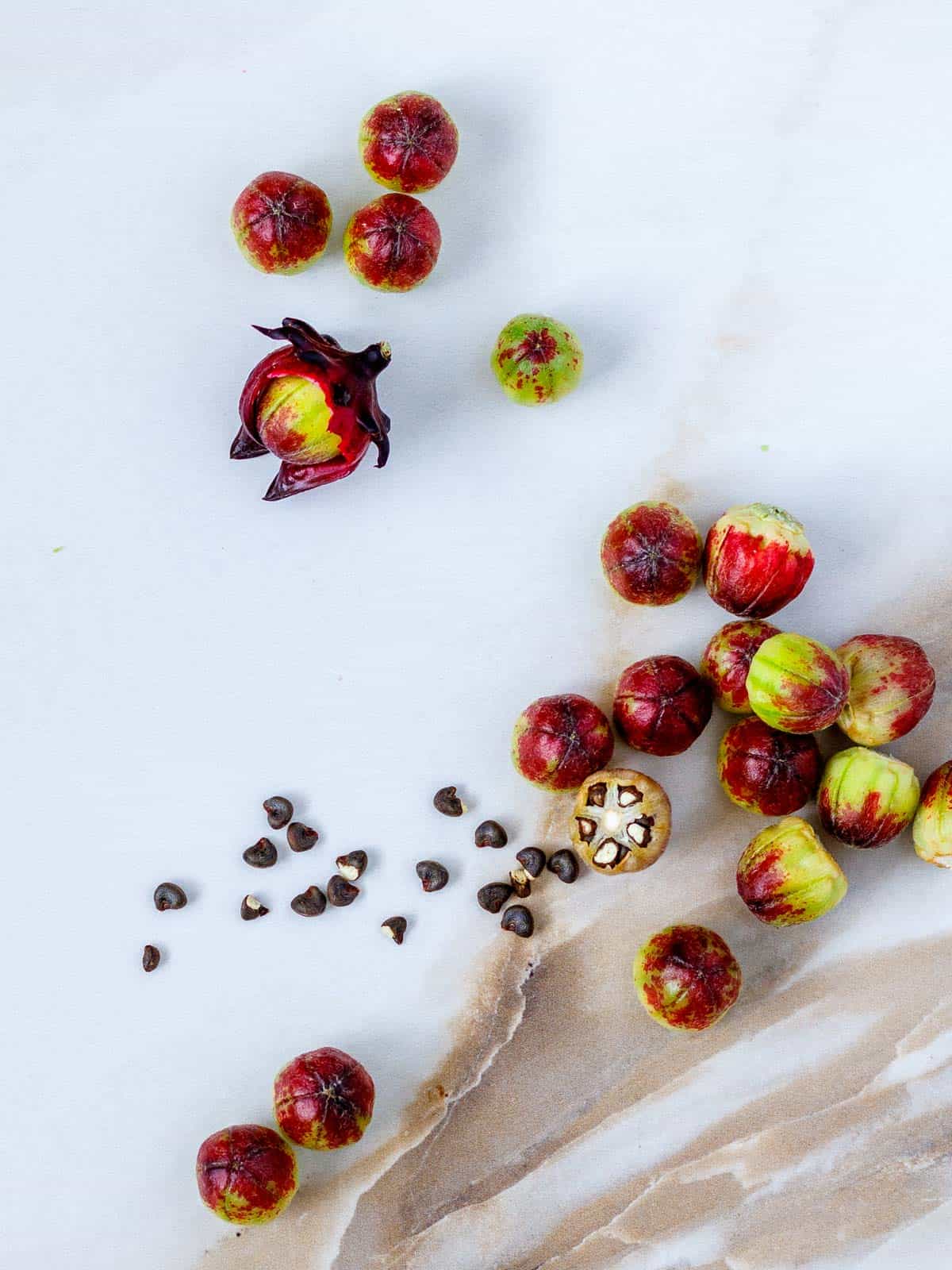
However, it might take some doing to master preparation and come up with a tasty result. The most intriguing reference I came across is to dry and roast the bitter-tasting fruit. Then, it can be ground and used as a coffee substitute.
Would you try this? I am tempted. But for now, I'm having too much fun making mock cranberry sauce and homemade Jamaica soda from the ruby-red calyces.
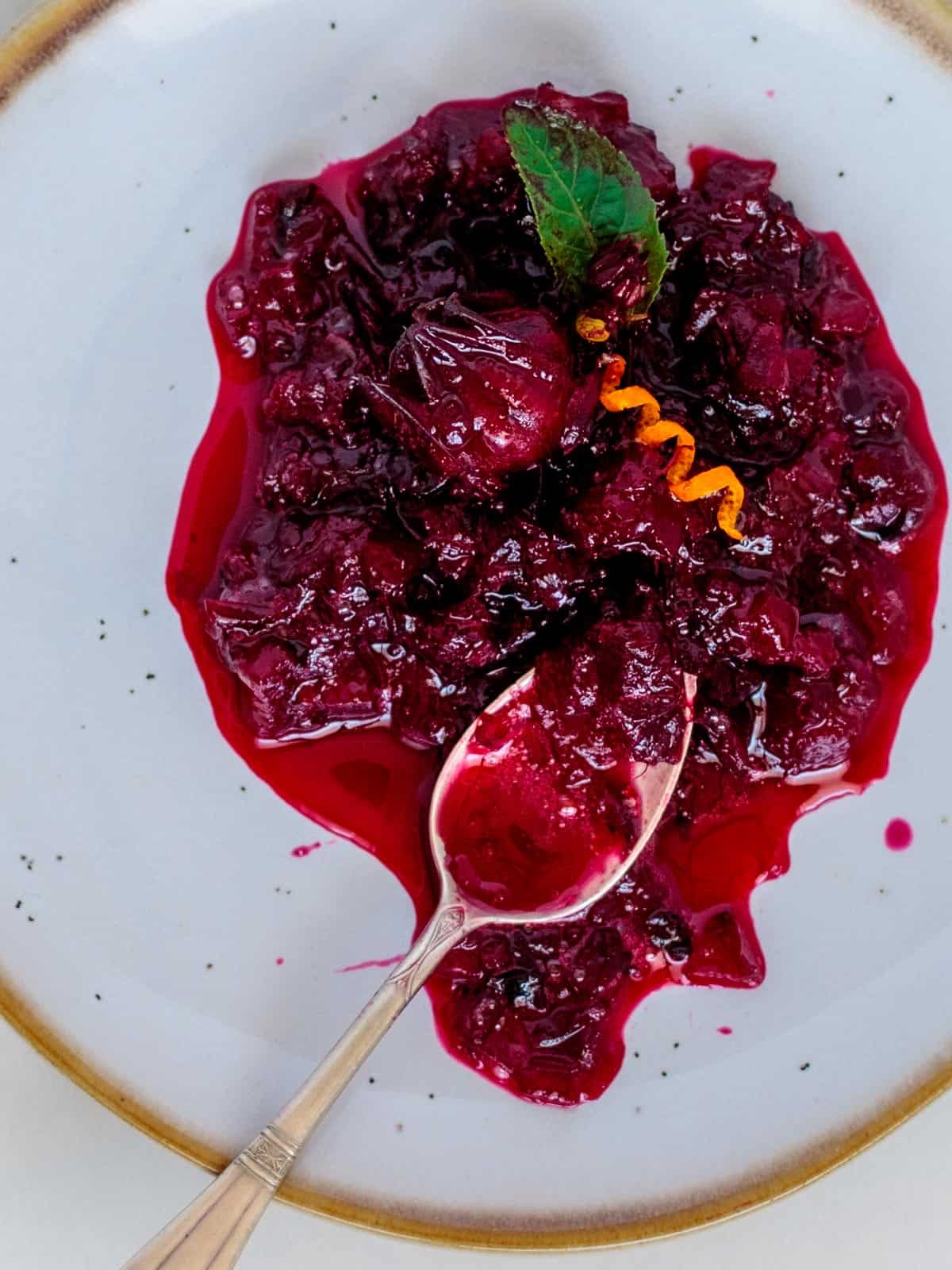
🍃 Leaves
The tart calyces that lend themselves so beautifully to sweet dishes and beverages are eye-catching enough to make one overlook the other very valuable use of this plant.
Indeed, I had been growing the Jamaica sorrel plant in my garden for 2 years before it really sank in that the leaves provide a delicious addition to savory dishes.
It so happens that the sour, tender young leaves and stems are eaten as a vegetable in many places, including the Philippines, Africa, India, and Vietnam.
It’s even said to be the most consumed green vegetable in Myanmar, where a popular Burmese dish is called chin baung kyaw. I am so looking forward to trying this stir-fry made with chilies, turmeric, and bamboo shoots.
👩🏼⚕️ Safety
Always be one hundred percent sure of your plant identification if consuming foraged or wild plants. Finally, follow your doctor's advice when eating new or unfamiliar plants, especially if you are pregnant or taking any medications.
🥭 More exotic tropical fruit
Enjoyed this post? Leave a comment, rate ⭐⭐⭐⭐⭐ it, and follow @poppyswildkitchen on Instagram. Aloha!




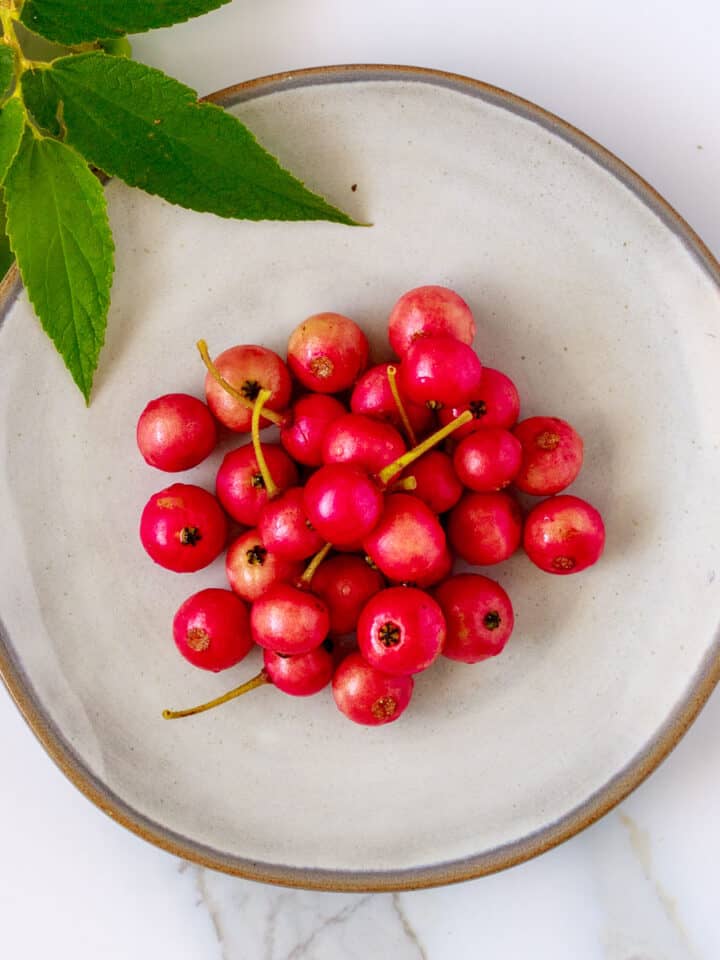
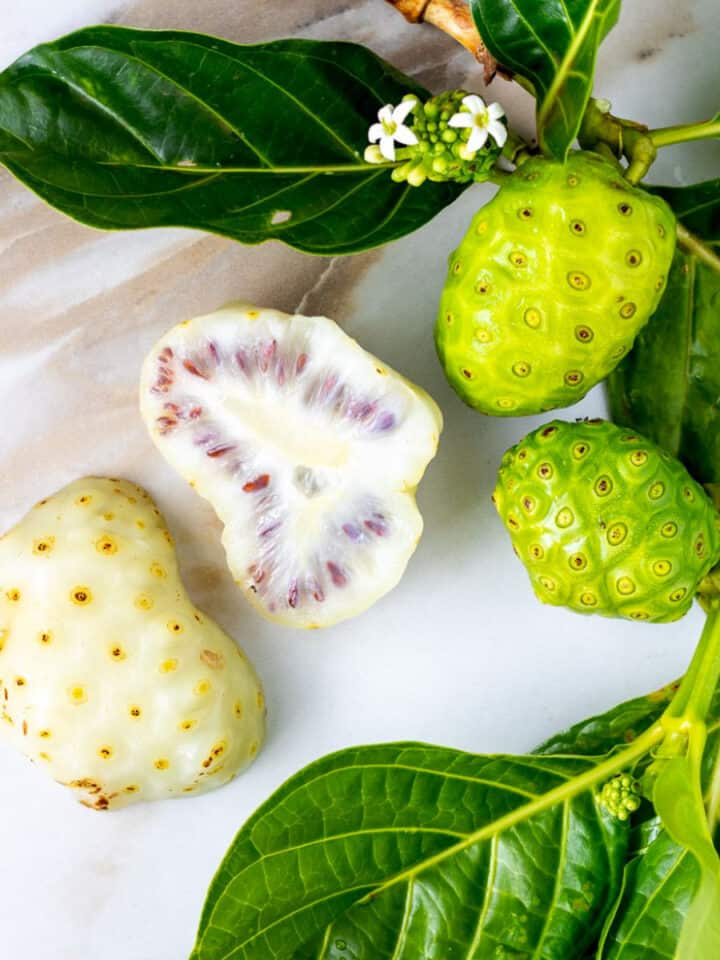
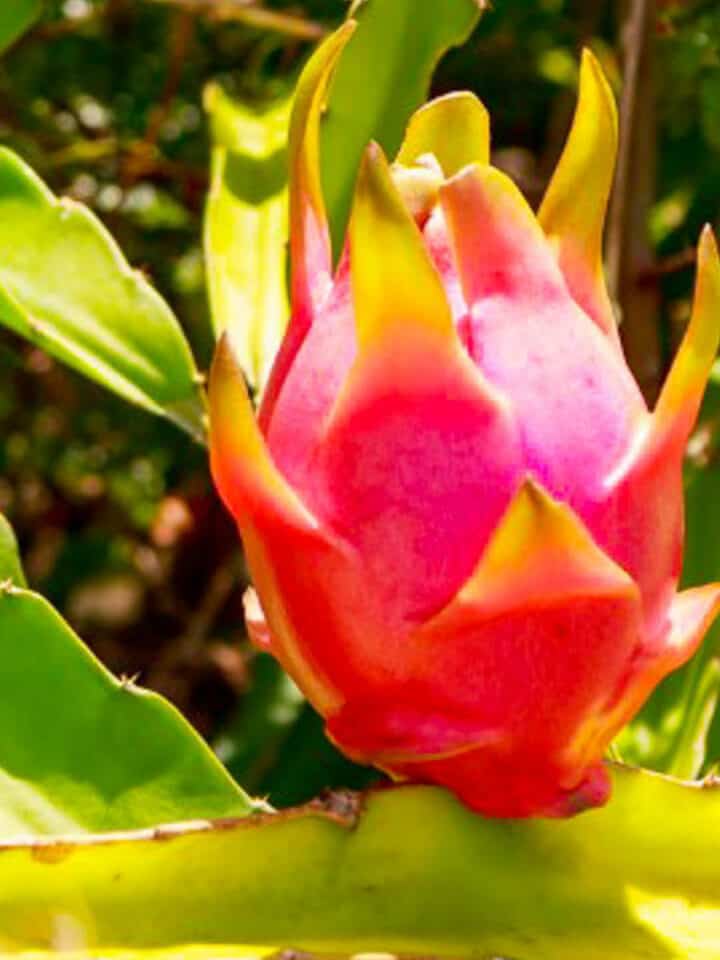
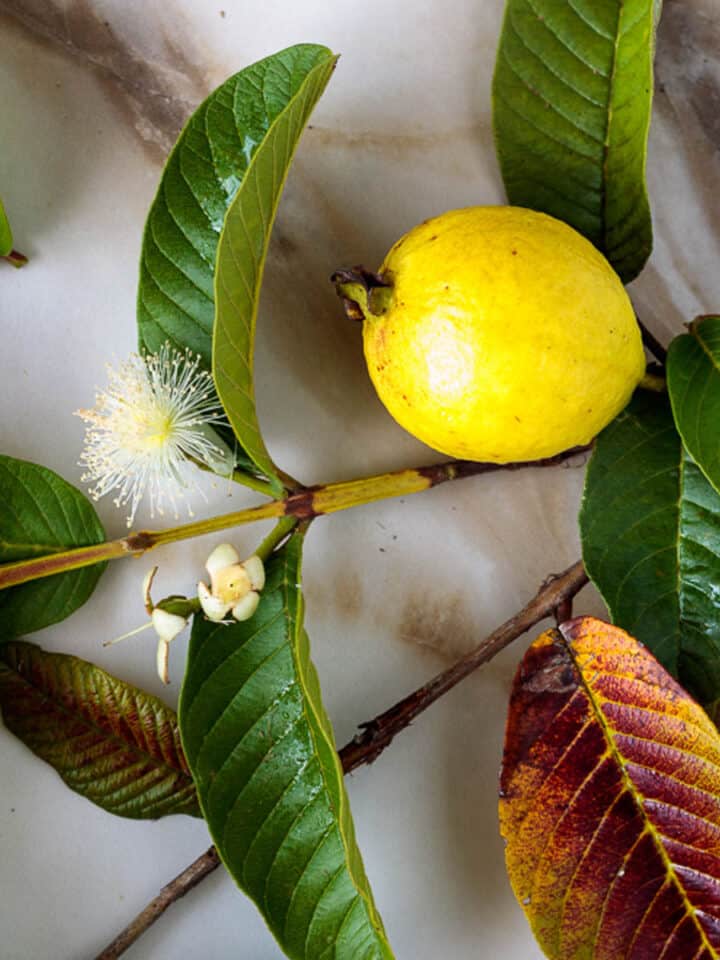
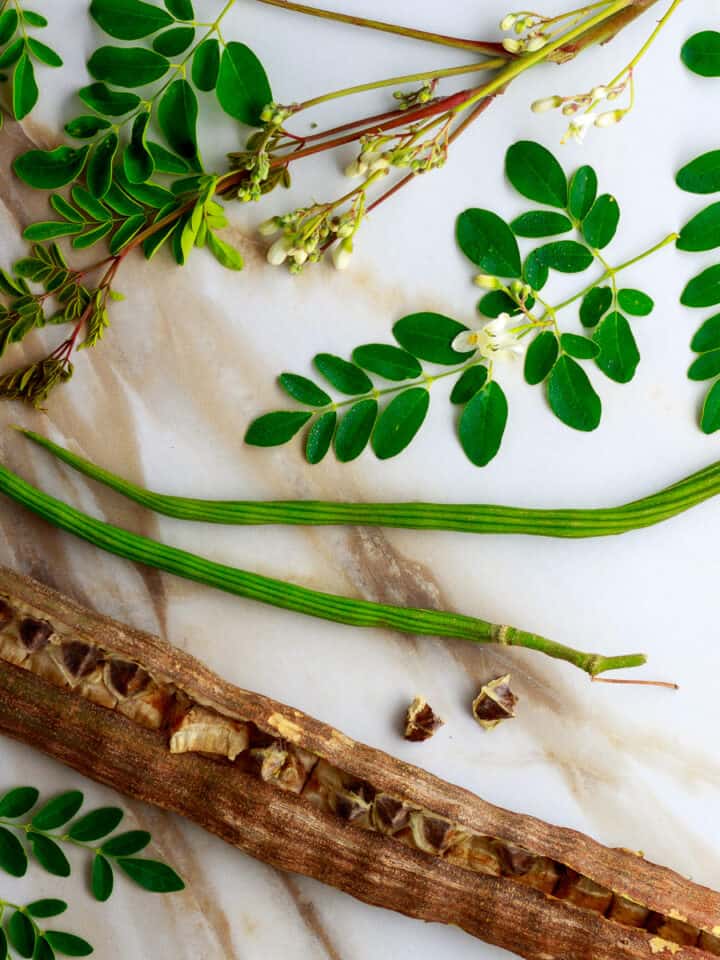
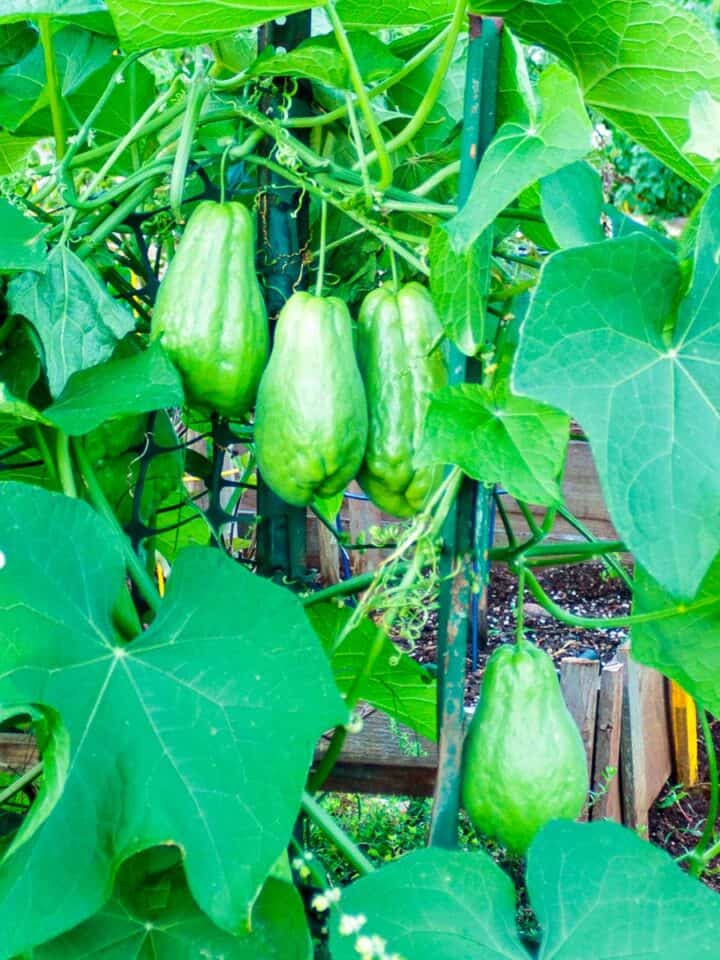
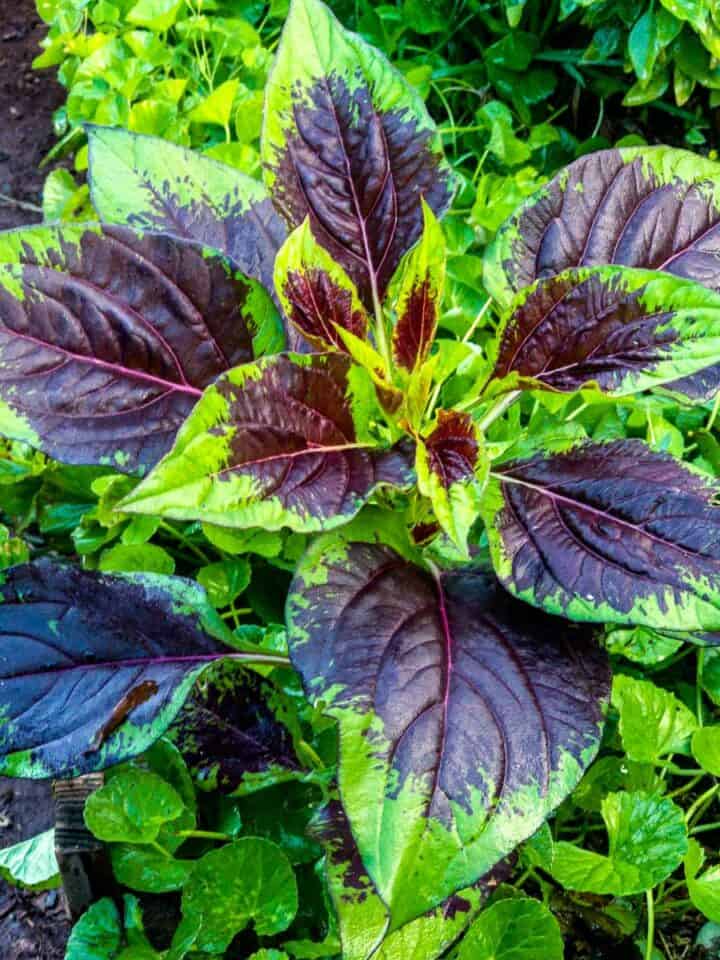
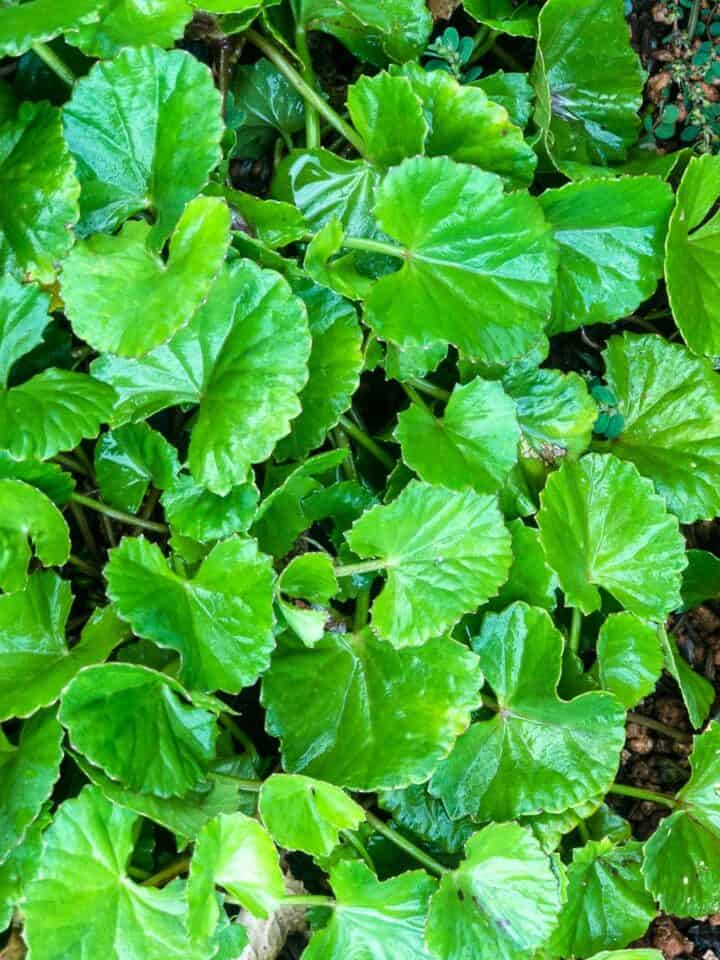
"Share Your Thoughts"